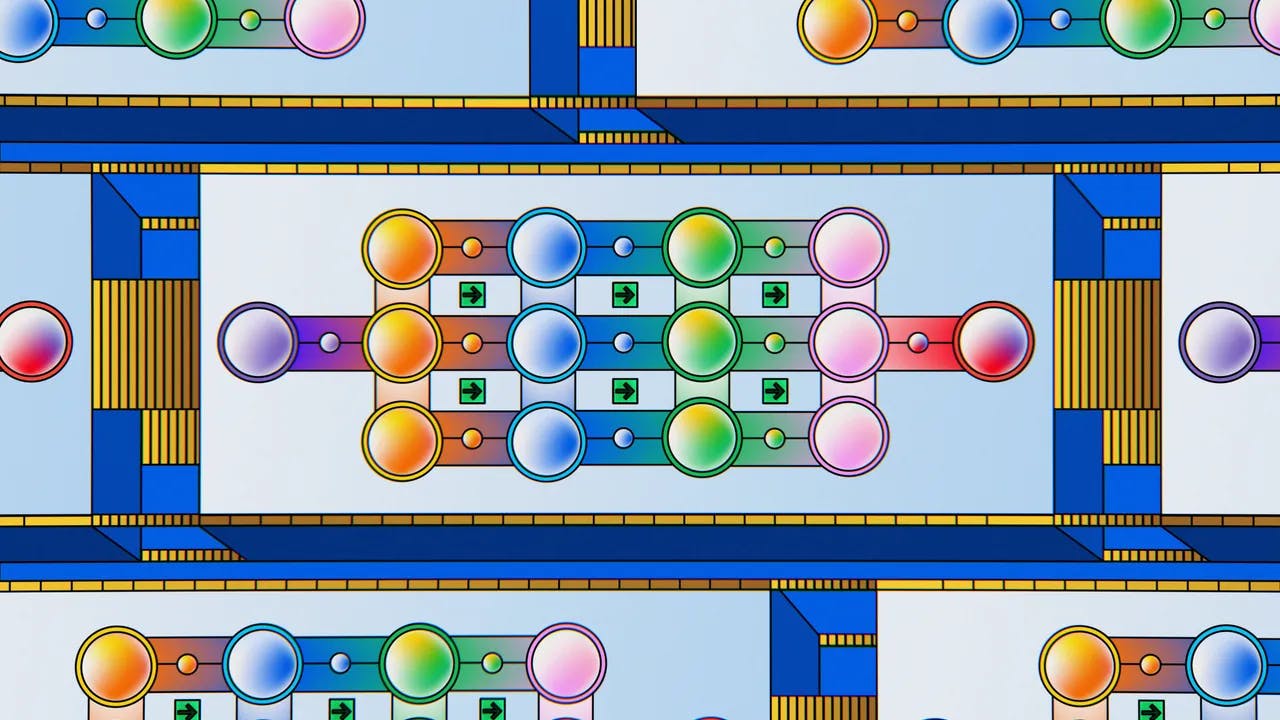How to Use Web Design for Fashion and Retail
In today's digital age, having a visually appealing and user-friendly website is crucial for businesses in the fashion and retail industry. With consumers increasingly turning to online shopping, a well-designed website can make all the difference in attracting and retaining customers. In this blog post, we will explore the importance of web design in the fashion and retail industry and provide tips on how to optimize your website for success.
The Impact of Web Design on Fashion and Retail
Web design plays a vital role in the success of fashion and retail businesses. It is the first impression your brand makes on potential customers, and a poorly designed website can quickly turn them away. Here are a few ways in which web design can impact your fashion and retail business:
-
Brand Identity: Your website is an extension of your brand. It should reflect your unique style, values, and aesthetics. A well-designed website helps establish a strong brand identity, making it easier for customers to connect with your brand and remember it.
-
User Experience: A seamless and enjoyable user experience is crucial for any website, but it is especially important in the fashion and retail industry. Customers want to easily navigate through your website, find the products they are looking for, and have a smooth checkout process. A well-designed website enhances the user experience, increasing the likelihood of conversion and repeat purchases.
-
Visual Appeal: Fashion and retail are highly visual industries. Your website should showcase your products in an appealing and enticing manner. High-quality product images, well-organized categories, and visually pleasing layouts can all contribute to creating an attractive online store.
-
Mobile Responsiveness: With the increasing use of smartphones, mobile responsiveness is no longer optional but a necessity. Your website should be optimized for mobile devices, ensuring that customers can easily browse and make purchases on their phones or tablets.
Tips for Using Web Design in Fashion and Retail
Now that we understand the importance of web design in the fashion and retail industry, let's dive into some practical tips on how to make the most of it:
1. Keep it Simple and Clean
When it comes to web design, simplicity is key. Avoid cluttered layouts and overwhelming visuals. Instead, opt for a clean and minimalist design that allows your products to take center stage. Use ample white space to create a sense of elegance and sophistication.
2. Use High-Quality Product Images
In the fashion and retail industry, visuals are everything. Invest in high-quality product photography to showcase your products in the best possible light. Ensure that your images are clear, well-lit, and accurately represent the colors and details of your products. High-resolution images can help customers make informed purchasing decisions.
3. Create an Intuitive Navigation
Make it easy for customers to find what they are looking for by creating a clear and intuitive navigation menu. Use descriptive labels for your categories and subcategories, and consider implementing a search bar for quick product searches. A well-organized website structure enhances the user experience and encourages customers to explore more of your offerings.
4. Implement Responsive Design
As mentioned earlier, mobile responsiveness is crucial in today's mobile-dominated world. Ensure that your website is optimized for all screen sizes, including smartphones and tablets. Responsive design allows your website to adapt to different devices, providing a seamless user experience across all platforms.
5. Use Colors Strategically
Colors evoke emotions and can influence purchasing decisions. Choose colors that align with your brand identity and target audience. For example, if your brand focuses on eco-friendly and sustainable fashion, consider using earth tones and green hues. Use contrasting colors for buttons and call-to-action elements to make them stand out and encourage clicks.
6. Include Social Proof
Social proof, such as customer reviews and testimonials, can significantly impact purchasing decisions. Incorporate social proof elements into your website design to build trust and credibility. Display customer reviews prominently on product pages and consider integrating social media feeds to showcase user-generated content.
7. Optimize Page Load Speed
Fast page load speed is essential for retaining customers and improving search engine rankings. Optimize your website's performance by compressing images, minifying code, and leveraging caching techniques. A slow-loading website can lead to high bounce rates and lower conversion rates.
Conclusion
In the fashion and retail industry, web design is a powerful tool that can make or break your online presence. By focusing on simplicity, user experience, visual appeal, and mobile responsiveness, you can create a website that attracts and retains customers. Remember to use high-quality product images, intuitive navigation, strategic colors, social proof, and optimize page load speed for the best results. With a well-designed website, you can elevate your fashion and retail business to new heights.
